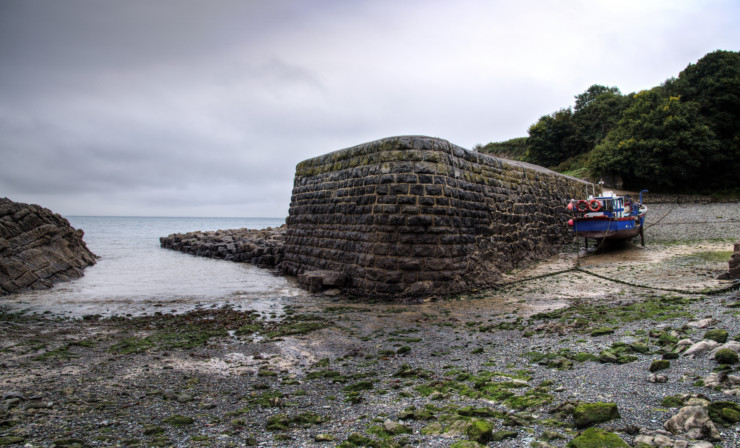In our own clothes, it can be difficult to be bold. That’s what costumes are for.
They can be literal costumes, like when I was in a community production of Into the Woods and got to dress up as Snow White and pretend I was overjoyed — and a little sleepy — after being poisoned by a relative, buried alive in a glass coffin, and resuscitated by a prince’s kiss. Callie Feyen, author of Twirl, feels bold wearing a different kind of costume, dark blue jeans with faint designs from T.J. Maxx. But the most boldness-endowing costume of all time must be the one worn by Max in Maurice Sendak’s classic picture book Where the Wild Things Are.
Max’s story comes up multiple times in Twirl, first in chapter 4, as Callie reflects on her elementary school’s head librarian, who first read her the book. It was “a story that made me afraid,” she says. Although Callie couldn’t name her fear at age 6, she looks back on it saying, “my imagination wasn’t big enough to dance with what I was afraid of.”
Even in elementary school Callie is thinking about who she is through clothes. She’s a dress girl through and through, but the first time she tries on jeans, she feels bold. Callie writes:
Guess who else is into clothes? Our buddy Max, from Where the Wild Things Are. We never see him without his wolf costume. Would he be as bold, as loud, as rowdy, and as rumpus-y if he were wearing jeans from T.J. Maxx? Maybe, maybe not.
Callie recalls that the elementary school librarian seemed to like her students less as they got older, bolder, louder, and rowdier. Years later when Callie is a senior in high school, she begins to long for that librarian to read them Where the Wild Things Are again, now that they are facing real monsters. Callie writes:
“Perhaps it was okay, she thought, to imagine ourselves dancing with monsters when we were younger and in the safety of our rooms. But it was not okay to dangle these stories in front of us when we were capable of realizing what we imagined.”
In chapter 6, “Into the Woods,” Callie heads into the woods with her best friend to meet a boy, and Max’s story suddenly starts to feel a lot more real. “Nobody was here to tell me to calm down, to end the wild rumpus.” So Callie tells herself when the time is right, just like Max, who gives up being king when he’s ready. His story shows Callie the way home. She stays just long enough for the boy’s intoxicating kiss. Writing about that moment, Callie riffs on the iconic line the wild things say to Max as he leaves: “We’ll eat you up — we love you so.”
Where the Wild Things Are comes up again later, after Callie is a mom. She and her daughter Harper are on a walk through a park, and they bring lunch. Now the roles are reversed: Callie is the teacher in the library, and Harper is beginning to explore wildness. She sees a boy she knows in a canoe — the kind of boy who evokes Max, even without a wolf costume. Harper and Callie discuss another Percy Jackson book, in which Pan, god of the wild, dies.
“That is devastating,” I say. “May I read that part?”
So Callie reads, and they talk about the story and about the park’s butterfly and hummingbird garden. The monarchs around them are wild, and the boy in the canoe is wild, and Harper is having her own wild fling with battement, a ballet move she’s perfecting.
“Despite the distance and the wind ushering in a new season, she is part of the wild, and the wild is a part of her.”
After Max’s wild rumpus with the monsters, he returns home. His stated reason for going back is that he smells good things to eat, but Sendak’s illustrations show emotions on the boy’s face that he doesn’t articulate. When he returns, his mother has supper waiting for him.
Like Max, Callie’s daughters will likely dance with their own wild things. Callie will be waiting for them with stories that meant one thing in childhood and another in adolescence. Supper will be waiting. And it will still be hot.
Photo by Simon Harrod, Creative Commons, via Flickr. Post by Megan Willome, author of The Joy of Poetry.
Browse more about Twirl: my life in stories, writing & clothes by Callie Feyen
“Megan Willome’s The Joy of Poetry is not a long book, but it took me longer to read than I expected, because I kept stopping to savor poems and passages, to make note of books mentioned, and to compare Willome’s journey into poetry to my own. The book is many things. An unpretentious, funny, and poignant memoir. A defense of poetry, a response to literature that has touched her life, and a manual on how to write poetry. It’s also the story of a daughter who loses her mother to cancer. The author links these things into a narrative much like that of a novel. I loved this book. As soon as I finished, I began reading it again.”
- Perspective: The Two, The Only: Calvin and Hobbes - December 16, 2022
- Children’s Book Club: A Very Haunted Christmas - December 9, 2022
- By Heart: ‘The night is darkening round me’ by Emily Brontë - December 2, 2022


[…] Where the Wild Things Are will never leave this house. I think you need that story now more than you did when you were 4 and 6. You’re coming in from the wild rumpus later and later these days, and you are so very hungry. I’ll do better keeping your dinner warm (even though I might be in my slippers and PJs by the time you get home). […]